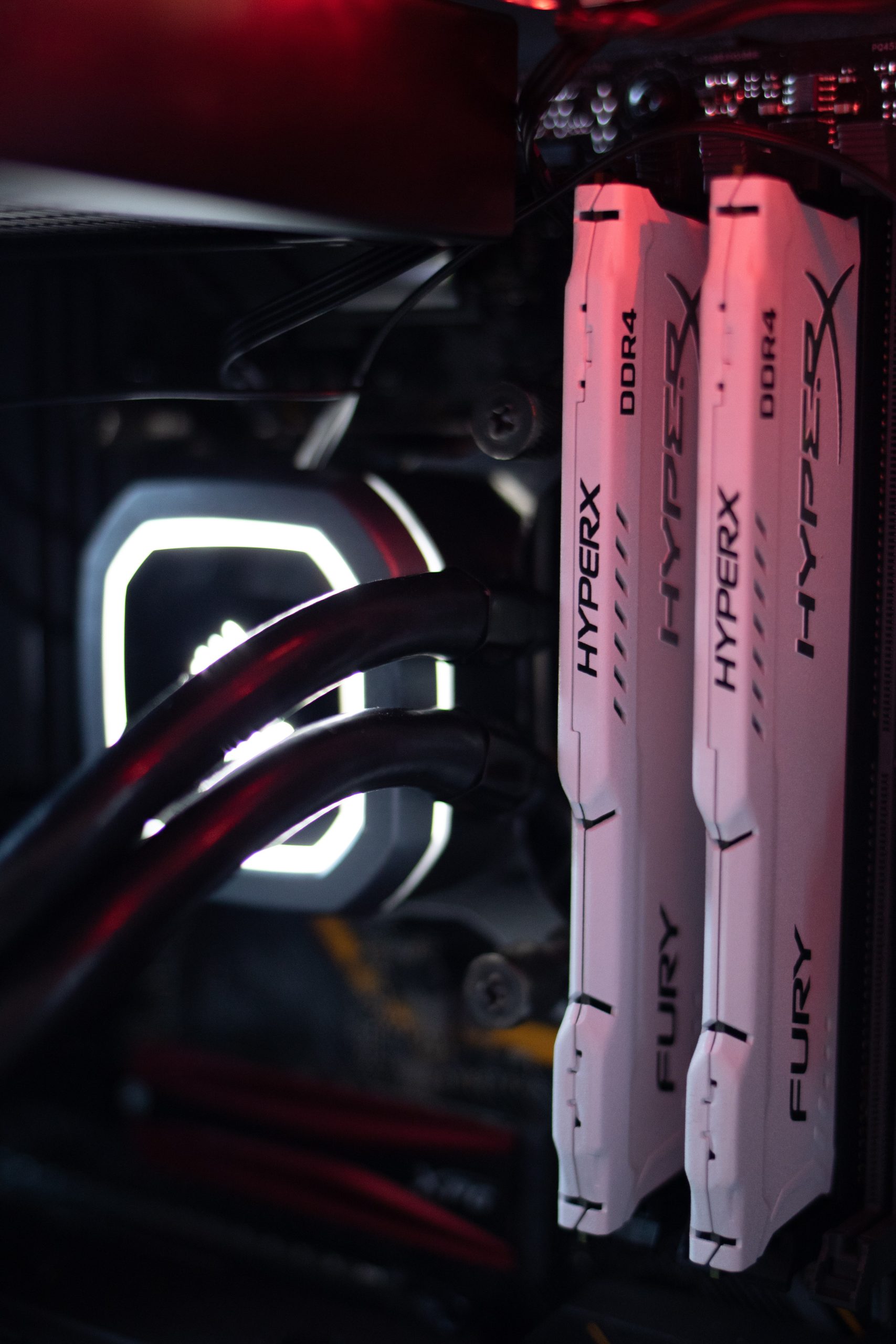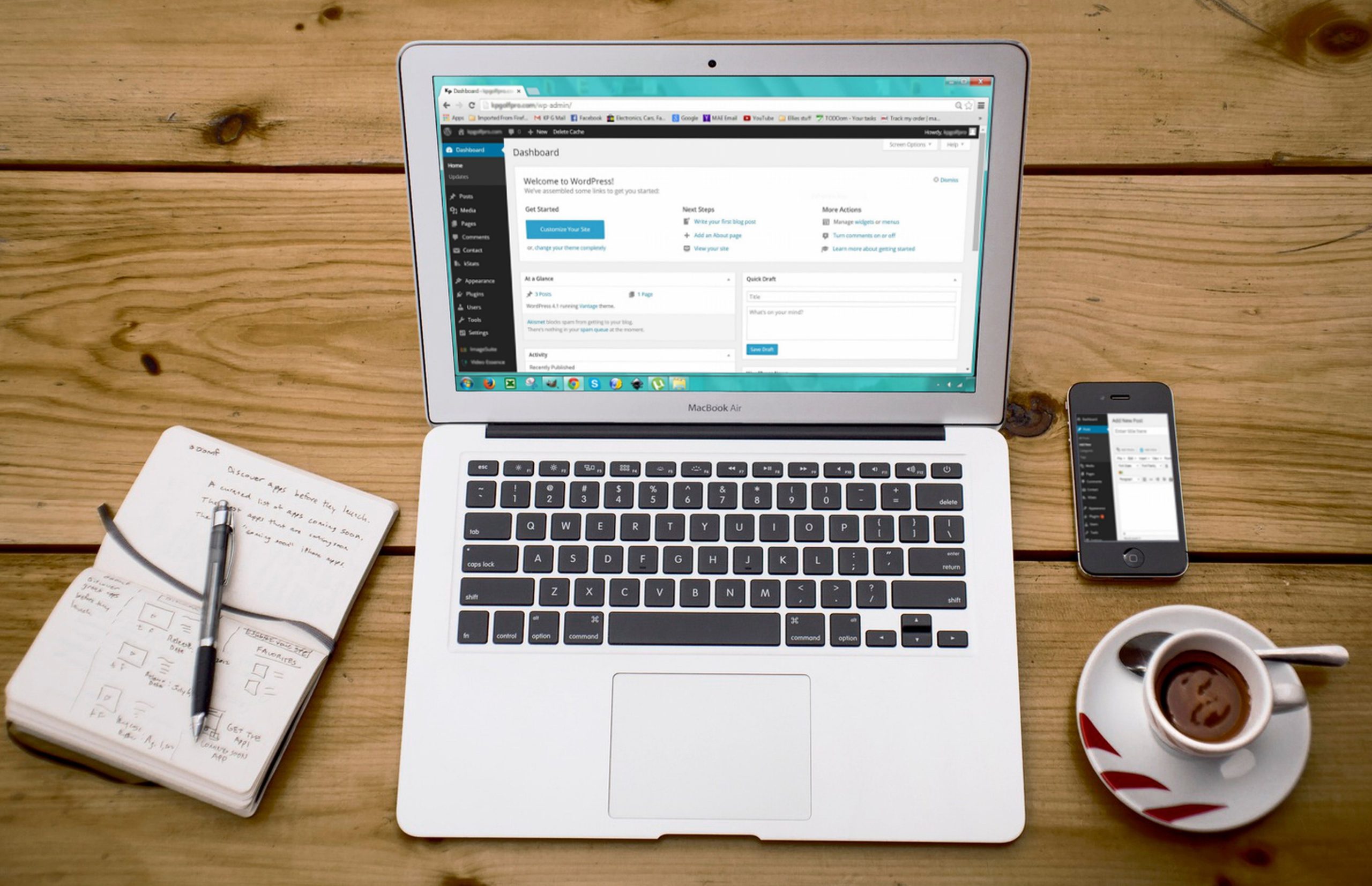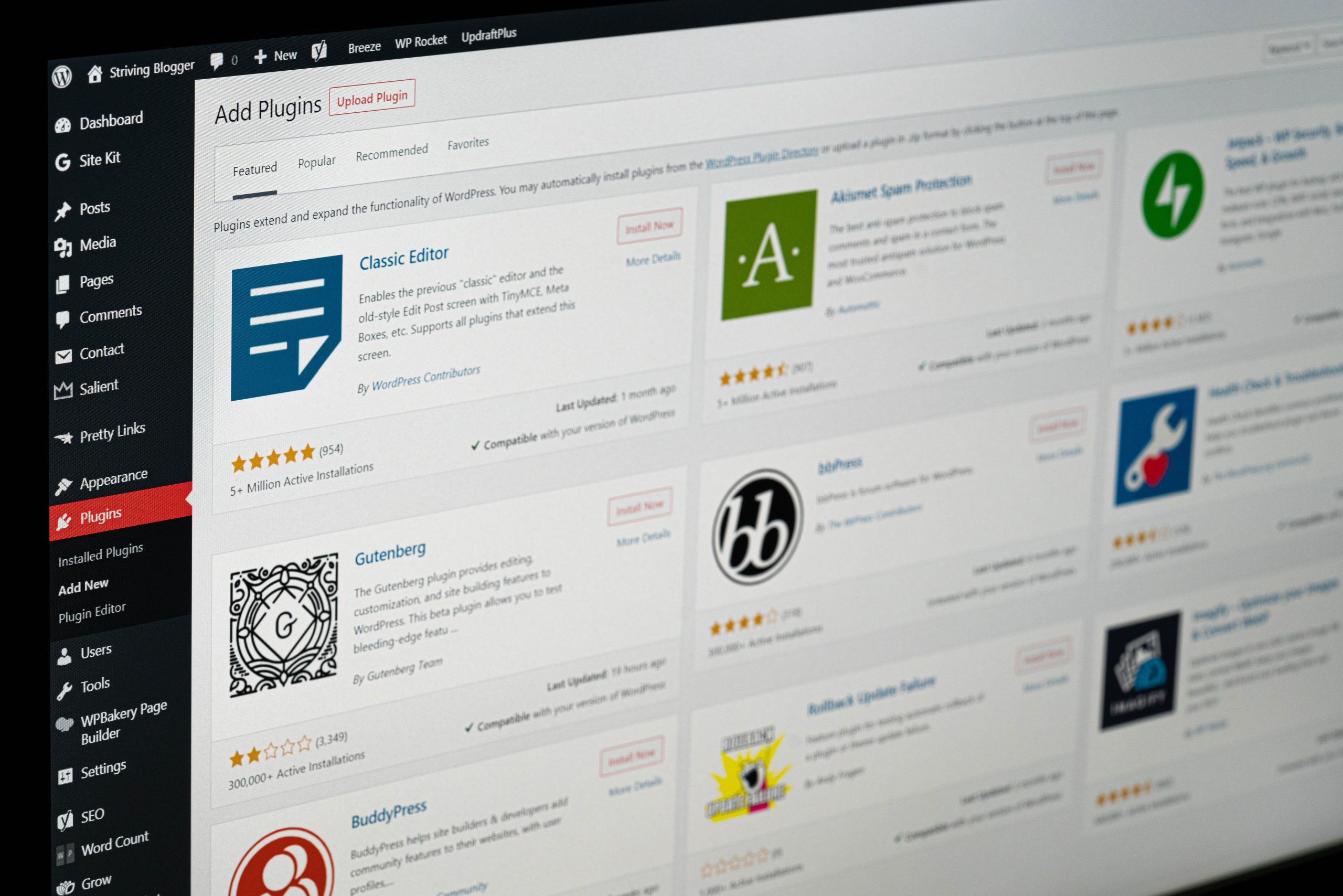WordPress is one of the most popular content management systems (CMS) in the world, powering over 30% of all websites on the internet. It’s a versatile platform that can be used for everything from personal blogs to e-commerce sites, and it’s known for being user-friendly and customizable. However, one question that often comes up when building a WordPress site is how much RAM is needed to ensure optimal performance.
RAM, or random access memory, plays an important role in how smoothly your website runs. It’s responsible for storing data that your site needs to operate, such as images, text, and code. Without enough RAM, your site may become slow or unresponsive, which can negatively impact user experience and lead to lost traffic and revenue.
Why RAM is important for WordPress sites
RAM (Random Access Memory) is an essential aspect of any WordPress site. RAM is responsible for the smooth functioning of the website and ensures that all the processes are running correctly without any lag or delay. The more RAM a website has, the faster it can load pages, handle multiple requests simultaneously, and run complex scripts.
WordPress sites require a significant amount of processing power to generate dynamic content for visitors. These sites use PHP scripts to access and retrieve data from databases every time a page loads. This process requires RAM to function effectively, as it stores temporary information related to ongoing activities on your website.
Adequate amounts of RAM are critical in ensuring that web pages load quickly and efficiently, especially during peak traffic periods when multiple users are accessing the site simultaneously. Without enough memory available, websites can become slow or even crash altogether due to insufficient resources. Therefore, investing in additional RAM capacity for your WordPress site will undoubtedly improve its performance and enhance user experience considerably.

Understanding the basics of RAM
RAM, or Random Access Memory, is an essential component of any computer system. It’s a type of volatile memory that stores data temporarily while the computer is running. When the system needs to access information, it retrieves it from RAM rather than from the much slower hard drive.
If you’re running a WordPress site, you’ll need to have enough RAM to meet your website’s requirements. The amount of RAM required will depend on several factors such as the number of visitors you receive, the size of your website files and images, and whether you’re using any plugins or other software that require additional resources.
To determine how much RAM your WordPress site needs, you can use a free online tool like GTmetrix or Pingdom. These tools will analyze your website and provide recommendations for optimizing its performance. You can also consult with a web hosting provider to ensure that your server has sufficient resources for your website’s needs.
Factors that affect how much RAM a WordPress site needs
One of the most critical factors that affect how much RAM a WordPress site needs is the number of plugins and themes installed. If a website has multiple active plugins and themes, it will require more memory to run smoothly. Therefore, it is vital to keep only essential plugins and use lightweight themes to improve performance.
Another factor that determines how much RAM a WordPress site needs is its traffic volume. High-traffic sites need more memory resources as they have to serve many requests simultaneously. A hosting provider with limited RAM may not be suitable for such sites unless an optimization strategy is employed.
The size of media files used on a website can also impact the amount of RAM required by a WordPress site. Large images or videos take up more space in memory, affecting the loading speed and responsiveness of a website. It is advisable to compress images before uploading them and optimize all media files for web usage to conserve server resources.

Recommended amount of RAM for different types of WordPress sites
The recommended amount of RAM for a basic WordPress site is 512 MB. However, if you plan to install multiple plugins or use a theme that requires more resources, it’s best to have at least 1 GB of RAM. For medium-sized sites with moderate traffic, the ideal amount of RAM is between 2 and 4 GB.
For larger WordPress sites with high traffic and complex functionality such as online stores or membership sites, it’s recommended to have at least 8 GB of RAM or more. This will ensure that your site can handle the increased traffic and resource-intensive tasks without crashing or slowing down.
It’s important to keep in mind that while having more RAM can improve your site’s performance, it’s not the only factor that affects speed and stability. Other factors such as server location, caching, and optimized code also play a significant role in determining how well your site performs.
Tips for optimizing RAM usage on a WordPress site
WordPress sites can consume a lot of RAM, especially if they are not optimized well. Having insufficient RAM can cause website crashes, slow load times and it can even negatively impact SEO. Therefore, optimizing RAM usage is crucial for WordPress site owners to ensure that their websites run efficiently.
One way to optimize RAM usage is by reducing the number of active plugins on your website. Every plugin you add to your site increases its memory consumption, so uninstalling unused or unnecessary plugins could help free up some space. Additionally, using a caching plugin can also help reduce the amount of processing power required by your server when generating pages on your site.
Another tip for optimizing RAM usage on a WordPress site is compressing images before uploading them. Large image files require more resources to load and display which can lead to slower page load times and increased memory consumption. By compressing images before uploading them, you reduce their file size without compromising the quality, thus improving page performance while using less memory.
Overall, optimizing RAM usage on a WordPress site requires careful planning and attention to detail. Some other ways include updating themes regularly, minimizing external requests such as social media widgets or third-party scripts and keeping database queries optimized for faster processing speeds – all with the aim of reducing memory consumption while maintaining optimal website performance.

While optimizing RAM is crucial for WordPress performance, implementing security tools like WP Captcha can help protect your site from unauthorized access, ensuring your resources are used efficiently and safely.
Conclusion: The importance of investing in sufficient RAM for your WordPress site
In conclusion, investing in sufficient RAM for your WordPress site is crucial to ensure its optimal performance and user experience. Your website’s speed, responsiveness, and stability are directly proportional to the amount of RAM it has. While a basic WordPress site may function smoothly with 512 MB to 1 GB of RAM, larger websites with more traffic and complex functionalities require at least 2 GB or more.
Having insufficient RAM can lead to slow page loading times, frequent crashes and errors, and even security vulnerabilities. These issues can negatively impact your website’s SEO rankings and deter visitors from returning. Therefore, it is important to regularly monitor your website’s resource usage and upgrade your hosting plan accordingly if you find that your current plan is causing performance issues.
Overall, investing in sufficient RAM for your WordPress site should be seen as an investment in the success of your online presence. By ensuring that your website runs smoothly and efficiently, you can improve user engagement and build a strong reputation among visitors.





